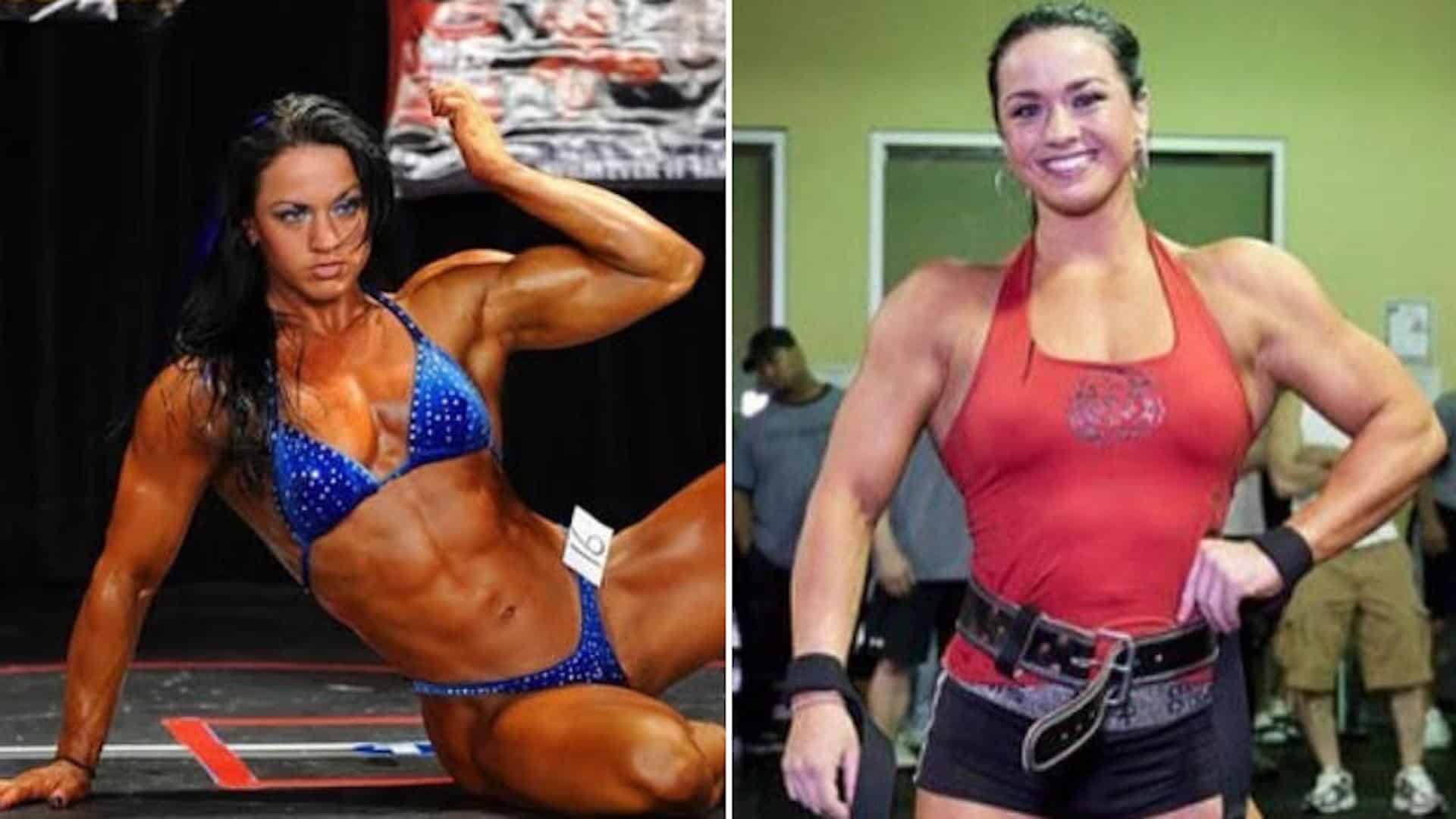
Capital Medical University, in collaboration with the Chinese Academy of Sciences, reports that betaine, a molecule produced in the kidney and enhanced through sustained exercise, operates as a potent inhibitor of inflammatory and aging-related pathways.
Regular physical activity boosts health across cardiovascular, metabolic, and neurological systems. Scientists have traced improvements in immune function, insulin sensitivity, clearing of senescent cells and tissue regeneration to consistent physical activity. Earlier animal studies suggested that long-term exercise can delay aging processes and reduce vulnerability to chronic disease.
Precise molecular explanations for how sustained exercise reshapes human biology remain incomplete. Many investigations have focused on single biomarkers or isolated tissues, leaving a need for systematic maps that can connect exercise to measurable physiological benefits. Specific factors capable of mimicking exercise’s protective effects without requiring continuous physical exertion have remained unclear.
In the study, “Systematic profiling reveals betaine as an exercise mimetic for geroprotection,” published in Cell, researchers designed an integrated multi-omics analysis to compare acute and long-term exercise impacts in humans.
Thirteen healthy young men participated in a controlled protocol, beginning with a 45-day baseline period marked by minimal activity. Each underwent a single 5-km run to probe acute responses, followed by 25 days of daily 5-km runs to model long-term training. Blood and fecal samples were collected before, immediately after, and post-training.
Acute sessions provoked a surge in inflammatory signals in circulation. Interleukin-6 levels climbed sharply after a single run, accompanied by markers of metabolic strain. Blood assays revealed elevations in non-esterified fatty acids and shifts in bile acid metabolism that pointed to heightened energy demands.
Sustained training over several weeks altered the landscape further. Circulating cytokines, including TNF-α, receded, antioxidant enzymes accumulated, and peripheral immune cells shifted toward a profile marked by more naive lymphocytes and fewer signs of cellular exhaustion.
Researchers observed reductions in gamma-glutamyl transferase and triglycerides, suggesting improved metabolic function alongside dampened inflammation.
Repeated exercise also drove an increase in circulating betaine, a methyl donor metabolite previously linked to liver function but not fully studied in exercise contexts. Betaine appeared to derive largely from kidney biosynthesis rather than gut microbes. Experiments in mice revealed that treadmill training induced betaine accumulation most prominently in renal tissue.
Functional tests demonstrated that betaine binds and inhibits TANK-binding kinase 1 (TBK1), a key driver of inflammation and cellular aging. In vitro assays showed betaine suppresses TBK1 autophosphorylation and reduces downstream activation of inflammatory transcription factors such as IRF3 and NF-κB. When applied to human immune and endothelial cells, betaine treatment curtailed expression of TNF-α, IL-6, and other inflammatory mediators.
Aged mice receiving betaine supplementation exhibited multiple improvements: decreased tissue fibrosis, fewer senescence markers in organs, increased muscle strength, and reduced depression-like behaviors. Transcriptomic profiling of kidney tissue confirmed downregulation of genes linked to inflammation and senescence.
The findings offer a molecular framework for developing interventions that capture the systemic benefits of exercise, potentially including dietary betaine supplementation to support healthy aging.
While an exercise-mimicking supplement would likely be attractive to many, it could also unlock some urgently needed therapeutic benefits of exercise in individuals unable to engage in physical activity. Authors caution that the small human cohort limits generalizability and that future studies must confirm safety and efficacy in older adults and diverse populations.
Written for you by our author Justin Jackson,
edited by Sadie Harley
, and fact-checked and reviewed by Robert Egan —this article is the result of careful human work. We rely on readers like you to keep independent science journalism alive.
If this reporting matters to you,
please consider a donation (especially monthly).
You’ll get an ad-free account as a thank-you.
More information:
Lingling Geng et al, Systematic profiling reveals betaine as an exercise mimetic for geroprotection, Cell (2025). DOI: 10.1016/j.cell.2025.06.001
© 2025 Science X Network
Citation:
Mimicking the benefits of exercise with a single molecule (2025, July 2)
retrieved 2 July 2025
from https://medicalxpress.com/news/2025-07-mimicking-benefits-molecule.html
This document is subject to copyright. Apart from any fair dealing for the purpose of private study or research, no
part may be reproduced without the written permission. The content is provided for information purposes only.




